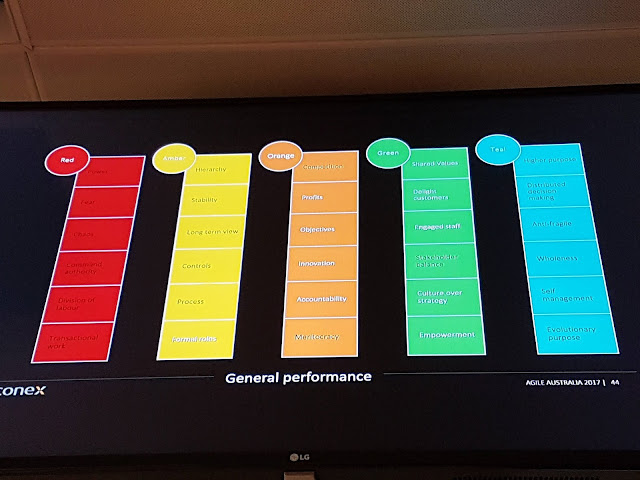Serverless Testing - AWS Lambda

Let's start with what is Serverless Framework? Build applications comprised of microservices that run in response to events, auto-scale for you, and only charge you when they run. This lowers the total cost of maintaining your apps, enabling you to build more logic, faster. The Serverless Framework helps you develop and deploy your AWS Lambda functions, along with the AWS infrastructure resources they require. It's a CLI that offers structure, automation and best practices out-of-the-box, allowing you to focus on building sophisticated, event-driven, serverless architectures, comprised of Functions and Events . It manages your code as well as your infrastructure It supports multiple languages (Node.js, Python, Java, and more) AWS Lambda is a compute service that lets you run code without provisioning or managing servers. You can also build serverless applications composed of functions that are triggered by events and automatically deploy them using AWS CodePipelin...



